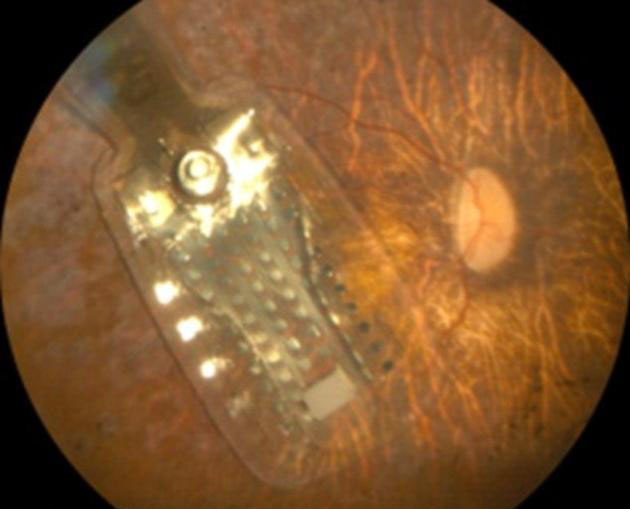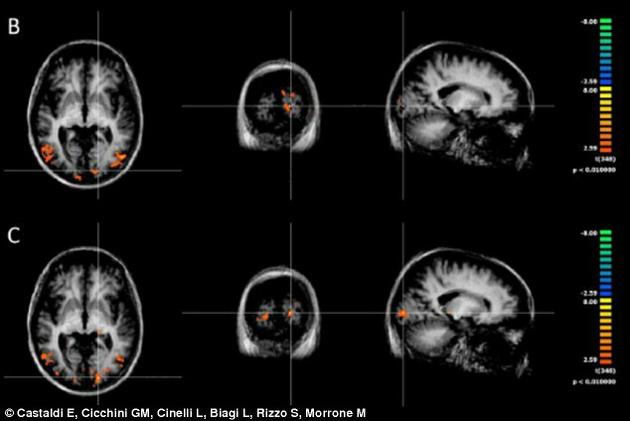On November 28th, it is estimated that there are about 40 million blind people in the world, many of whom have experienced years of slow and cumulative vision loss and eventually become blind. Scientists are currently working on a new type of repair technology that will help many blind people recover their vision. Known as the "bionic eye," this technology senses visual signals and delivers them to the brain. Through certain training, the patient's brain can re-learn to see objects.
Researchers at the University of Pisa in Italy hosted the study, and they wanted to test the brain's ability to handle artificial visual input. The researchers focused on 7 patients with Retinitis Pigmentosa. This is a hereditary disease that can cause vision to decline gradually until it is completely blind.
The researchers first implanted the repair device into the patient's eye, which senses the visual signal and transmits the signal to the brain by stimulating cells on the retina. The retina is a very thin layer of cells at the back of the eye that transforms light signals into neural signals. Next, the researchers used functional magnetic resonance imaging to observe the brain activity of the patient.

Scientists are currently working on a new type of repair technology that will help many blind people recover their vision. Known as the "bionic eye," this technology senses visual signals and transmits them to the brain.
The results showed that these patients learned to recognize some unusual visual stimuli, such as bright flashes. This ability to recognize can cause increased brain activity. However, in order for the brain to actually "see", it takes a long time to train in many aspects. As the patient continues to practice watching things, their brains will have an increasingly pronounced response to the visual stimuli that come from the bionic eye.

The B-behavior device is implanted with a brain scan image prior to implantation, and the C-behavior device is imaged after implantation. It can be seen that when the patient learns to recognize some abnormal light stimuli (such as bright flashes), it will cause brain activity to increase.
Bath Products,Bath Scrub,Best Shower Gel,Opi Bubble Bath
Guangzhou Lingxue Cosmetics Co., Ltd , https://www.gzlxgj188.com